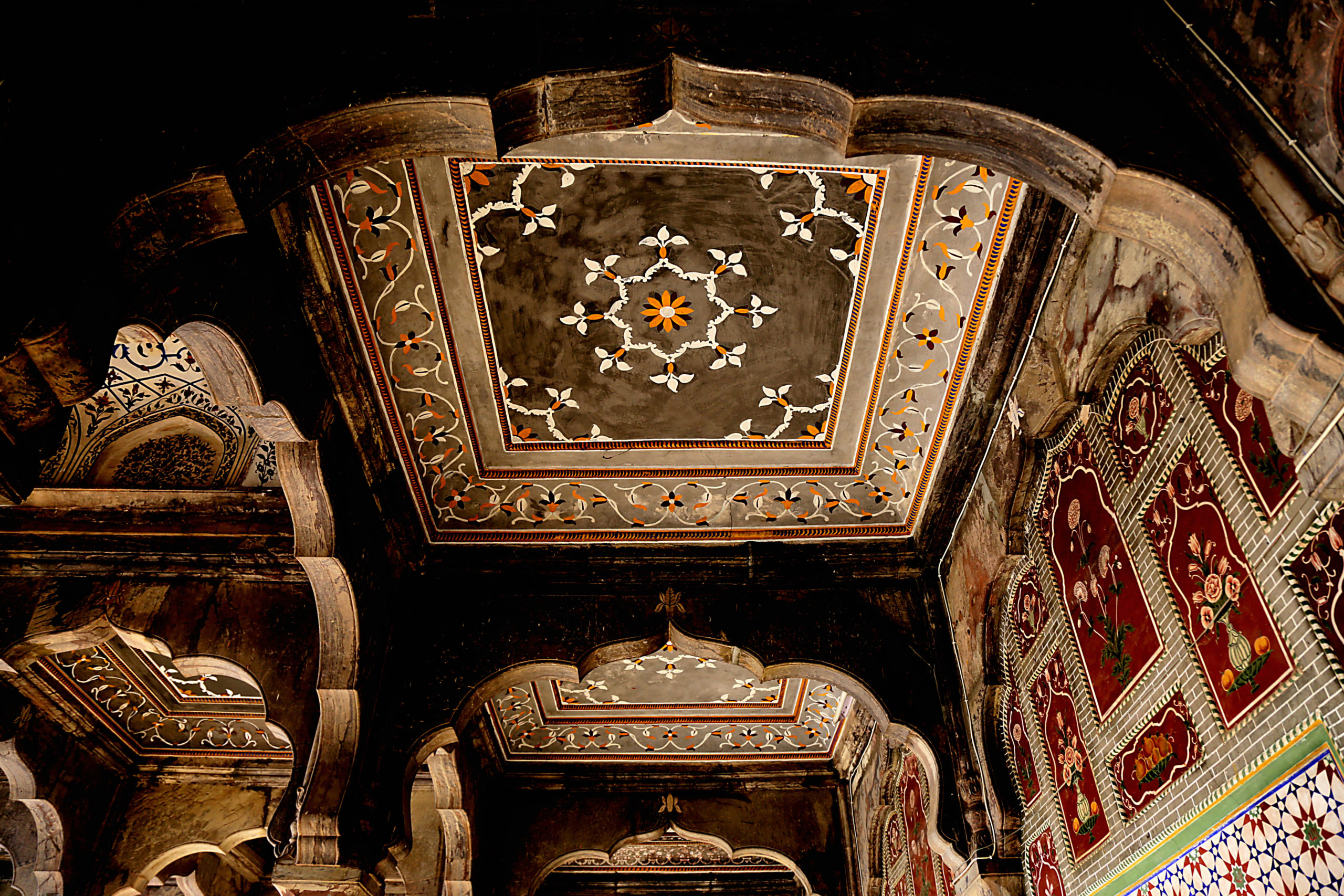
Chiniot (Urdu, Punjabi: چنیوٹ) is a city and the administrative headquarter of Chiniot District in the province of Punjab, Pakistan. Located on the bank of the river Chenab, it is the 28th largest city of Pakistan. It is also known for its intricate wooden furniture, architecture, and mosques, and is home to the Omar Hayat Mahal.
History
The origins of Chiniot are obscure, and historical records accurately detailing its founding are unavailable. According to some accounts, the city was founded by an ancient king’s daughter named Chandan, who while on a hunting expedition, was charmed by the surrounding area, and ordered the construction of the settlement of Chandaniot, alternatively spelled Chandniot, which was named in her honor. The name Chiniot, a contracted version of the original name, eventually gained favor, though the older name had been used up until at least the 1860s.
The city came under British rule by 1849, and the city was constituted as a municipality in 1862. In 1875, the city’s population was 11,999. During the British period, a vast network of canals was laid to irrigate Punjab, resulting in the creation of many new “canal colonies” around Chiniot. Chiniot’s famous Omar Hayat Mahal was built between 1923 and 1935 for a businessman who made his fortune in Calcutta.
Geography
Location
Chiniot is at the intersection of the Faisalabad-Sargodha and Lahore-Jhang roads. It is 158 kilometers northwest from Lahore and 38 kilometers north of Faisalabad. Chiniot city is spread over an area of 10 square kilometers with an average elevation of 179 meters (587 ft).
Rabwah city, the headquarters of the Ahmadiyya Community is on the other side of the Chenab River. In the center of the river, a worship center (or Chilla Gah) of the Sufi Bu Ali Shah Qalandar is located.
Topography
Chiniot city lies on the left bank of the Chenab River and is located on a small rocky hill. Much of the surrounding area consists of alluvial plains, interspersed with rocky outcroppings of slate and sandstone that reach up to 400 feet in height around Chiniot.
Climate
Chiniot has a hot semi-arid climate (Köppen climate classification BSh). The weather in Chiniot is variable.
Demographics
According to the 1998 census, the population of Chiniot Tehsil was 965,124 (included urban 172,522). According to the 2017 Census of Pakistan, the city has a population of 278,747. The language spoken is Punjabi.
Economy
The important products of Chiniot include silk, cotton, wheat, sugar, rice, milk, pottery, wooden furniture, etc. The city’s agricultural economy is largely derived from “canal colonies” established during British rule when a vast network of canals was laid to irrigate Punjab.
Chiniot is famous for his wooden furniture and developed as a center of woodworking given its close proximity to the Chenab River – as timber from Kashmir would be floated down the river towards Chiniot. Chiniot’s artisans are renowned for their skill and were employed in the construction of both the Taj Mahal and Wazir Khan Mosque. The city’s metalworkers, along with those of Lahore, were considered the best in Punjab during the British period, and Chinioti designs and were considered superior to those of Hoshiarpur or Jalandhar. Ramzan Sugar Mills is located at Faisalabad Road.
Libraries
After his death, Sheikh Omar Hayat’s palace Omar Hayat Mahal was converted into a library by the government of Pakistan.
Transport and Communication
Chiniot is connected with the rest of Pakistan by a main highway and rail line. The nearest international airport is Faisalabad International Airport, which is 48.5 kilometres from Chiniot.
The railway track is the easiest and cheapest way of transportation. Chiniot railway is a main source of transporting the furniture from Chiniot to the rest of Pakistan; it is a main source of importing the wood for furniture from all over Pakistan. Chiniot Railway Station was built in 1927 during the British Raj. It was a great step for the local economy.
Khatm-e-Nabuwat Chowk is the main place of and main intersection between GT roads connecting large cities of Pakistan. Chiniot Bridge is crossing over Chenab river on the Chiniot-Sargodha road.
Culture
Islamic Occassions
In Chiniot people celebrate Islamic occasions with great arrangements. On 12 Rabi’ al-awwal, 1440th birthday celebration of the Islamic Prophet Muhammad, people of Chiniot arranged a 63-maund cake, one of the largest cakes in the world.
Furniture
Chiniot is known for its furniture. Chinioti craftsmen and artisans have for centuries carved flowers and geometric patterns onto cellulose fibres. Masons from Chiniot are thought to have been employed during the construction of the Taj Mahal and Golden Temple.
Sports
Cricket is the most popular sport in Chiniot. Football is also played in Chiniot. Other popular sports include Hockey, Volleyball, Basketball, Badminton, Tennis, Kabbadi, and Horse racing.
Tribes
Chiniot region was agricultural region with forests during the Indus Valley Civilization. Chiniot is a district of Multi-tribes nation. Tribes of Chiniot include Rajput Dhudhi Sahmal Sipra, Janjua, Dogar, Syed, Sial, Mufti, Araaeen, Laali, Marath, Aheer, Awan, Makhdoom, Baloch Bhatti, Bhutta, Butt, Bhowana, Chohan, Dhera, Durrani, Gujjar, Hanjra, Indra, Sipra, Walara, Haral, Tamimi, Hashmi, Jappa, Jatt, Koli, Kamoky, Kharal, Khokhar, Marral, Naul, Nakokara, Traggar/Tragar, Nissowana, Puri, Pathan Slara, Wassi, Dhawan, Wadhawan, Sehgal, and Kalyar.
Sources: Wikipedia